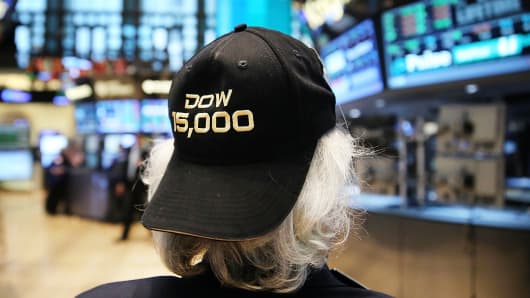S&P Capital IQ chief equity strategist Samuel Stovall said when stocks start the year off strongly, as this one has, history shows that the May to October period sees a gain. That was not the case in the last three years when the stock market slumped, and many traders and strategists thought this year could be similar.
"In those years in which the S&P was up in both January and February, the market rose an average four percent from May through October, versus the more normal 1.2 percent for all years," he said. An exception was 2011, when the year started out strong, but stocks fell into a midyear slump, losing 19.4 percent, nearly entering bear market territory.
While there could still be a sell off, Stovall said it would probably be shallow. In 23 years, there have only been three years where there was not a decline greater than five percent. So far this year, the declines have been shallower than five percent. The S&P 500 is up 14 percent year-to-date.
"The odds are in an investors' favor that they should not sell in May, following a good start to the year," he said.



